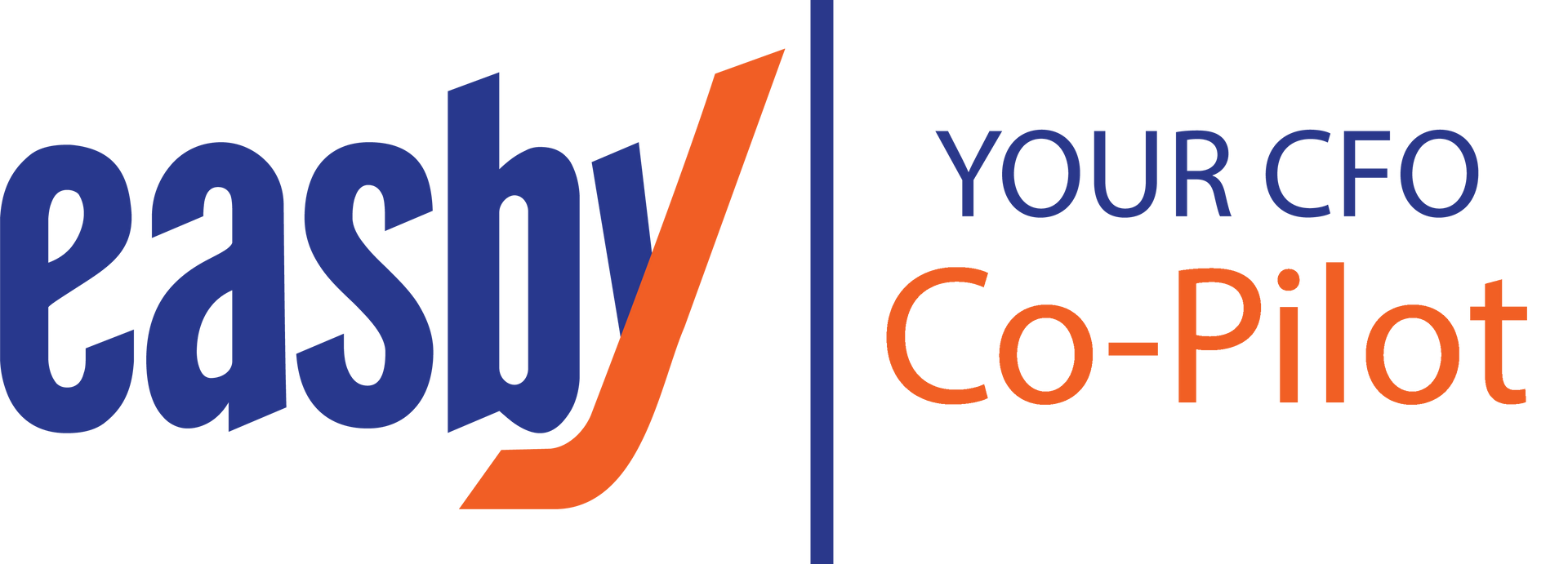CARES Act: Forgiveness Application Highlights
Share this article:
Rose Report: Issue 41

By Ted Rose, President and CEO, Rose Financial Solutions
What a year 2020 has turned out to be. It’s been challenging, frustrating, and unprecedented—a tumultuous year for both civilian businesses and government contractors alike. Rewinding the calendar to mid-March 2020, the economic fallout from COVID-19 was beginning to take shape as businesses were struggling and concerned about making payroll. Then, on March 27th, Congress responded by passing the Coronavirus Aid, Relief, and Economic Security Act (CARES Act), legislation geared towards helping small- to mid-size companies obtain the liquidity required to keep operations intact. Fast forward to today—the final months of 2020 and year-end close outs—and many businesses that received CARES Act funding are wondering where to go from here.
The first things to remember is that forgiveness applications are submitted to your lender—not the Small Business Administration (SBA). If you were able to maintain employee levels and did not need to decrease compensation levels over 25% you can file the 3508 EZ Form or your banks equivalent. If you did reduce headcount or compensation levels greater than 25% then you’ll need to use a Standard Form 3508 or your bank’s equivalent. If your loan is over $2 million, you’re going to have a much higher probability of audit—something to consider when you’re going through your documentation process.
For the forgiveness application, keep in mind that this is a fast moving program and changes seem to be continuous. The SBA is currently adjusting the process, so it may be beneficial to wait a little bit longer before you apply for forgiveness. They’re trying to simplify the process for loans under $2 million and it may go into an “attest only” application for forgiveness. You’ll still need to document the basis of your attestation but the application would be simplified for businesses and for banks. Finally, there is proposed legislation that will provide automatic forgiveness for loans under $150,000. (Note: New rules have now made the application for loans under $50,000 even easier as the government looks for ways to reduce the administrative burden on businesses, banks and the SBA).
There are two calculation periods—eight week and 24 week. When it became clear that COVID was going to be here for a prolonged period, Congress added the 24 week coverage period. This was a big benefit for retailers and restaurants and also created a good planning opportunity for other businesses like government contractors. Keep in mind that forgiveness application must be filed within 10 months of the last date of your covered period to avoid payments being initiated. Everyone does have until next year to file the forgiveness application and make a final decision on which period to use. The current Treasury guidelines allows you to submit the application for forgiveness early if all the Paycheck Protection Program (PPP) proceeds have been fully utilized. Essentially this will create a custom covered period. You may need to reduce forgiveness if you’ve reduced any wages or your headcount throughout that custom covered period.
Covered Employees
There are some complications that relate to covered employees—you have to compare covered employees to the head count on February 15th or the prior year period as compared to your covered period. If compensation and FTEs are the same or higher as compared to February 15th or the prior year period, then 100% of forgiveness can be achieved if the “approved” expenses meet or exceed the loan amount. If not, there’s a pro rata reduction of forgiveness. Costs included in forgiveness calculations must follow the covered period.
The minimum amount that needs to be included as it relates to payroll is 60% of the forgiveness application. That’s an adjustment from when the CARES Act first was issued. Wages and cash compensation up to $100,000 annualized (based on your period selected), and medical and health insurance premiums, retirement expenses, and other disability expenses are all considered payroll expenditures. Non payroll costs can be up to 40% of the forgiveness amount. Mortgage interest, rent, and utilities are considered non payroll costs. Any portion of the PPP loan that is not forgiven will be converted to a low interest loan and it needs to be repaid over two to five year period based on your loan origination date.
Please consult with your tax accountant about all of these issues as soon as possible. CARES Act implications are rapidly evolving, and this article represents the information that we have up to the date of the article being published.
About the Author
Ted Rose is President, CEO, and Founder of Rose Financial Solutions (RFS). Ted founded RFS 26 years ago and is a recognized pioneer in finance and accounting outsourcing and related accounting technologies. RFS is the leader in the next generation of FAO called Finance as a Service and the only provider of FaaS for Government Contractors. RFS’ GovCon FaaS encompasses the full range of GovCon/DCAA finance and accounting solutions including full lifecycle compliance for start-ups to $100 million GovCons. For more information please visit: rosefinancial.com.
Visit Us On:





